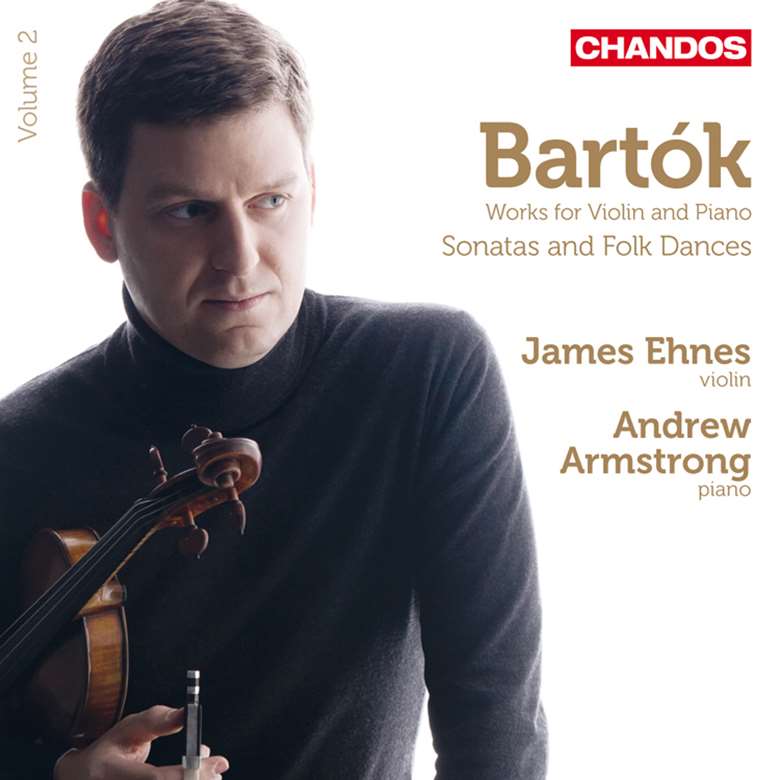Inside Bartók's Solo Violin Sonata
Rob Cowan
Friday, February 5, 2016
Rob Cowan talks to violinist James Ehnes about the demands of Bartók’s Solo Violin Sonata

Register now to continue reading
Thanks for exploring the Gramophone website. Sign up for a free account today to enjoy the following benefits:
- Free access to 3 subscriber-only articles per month
- Unlimited access to our news, podcasts and awards pages
- Free weekly email newsletter








